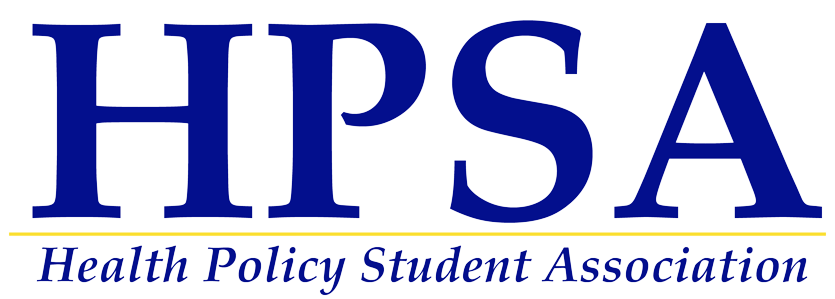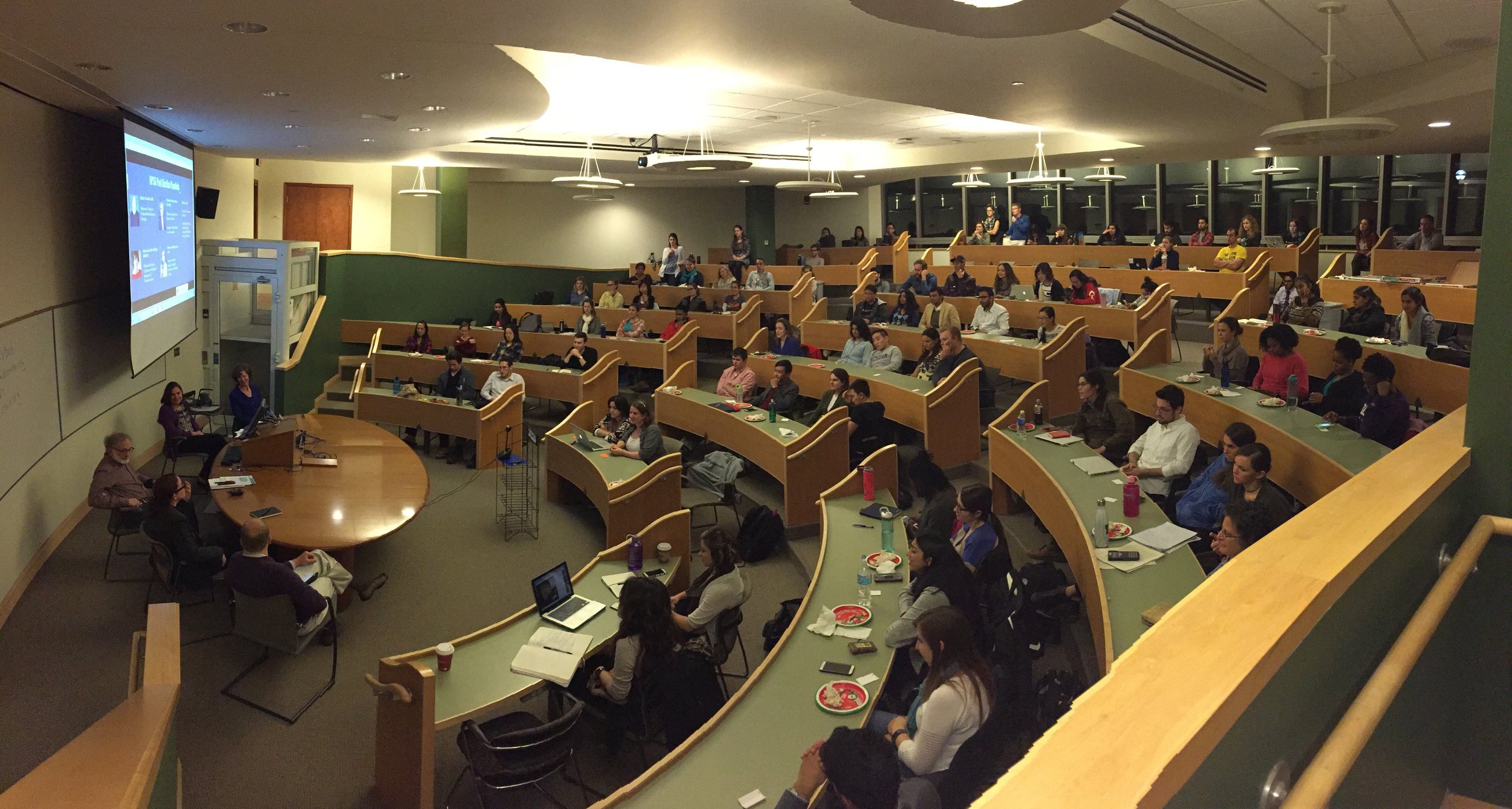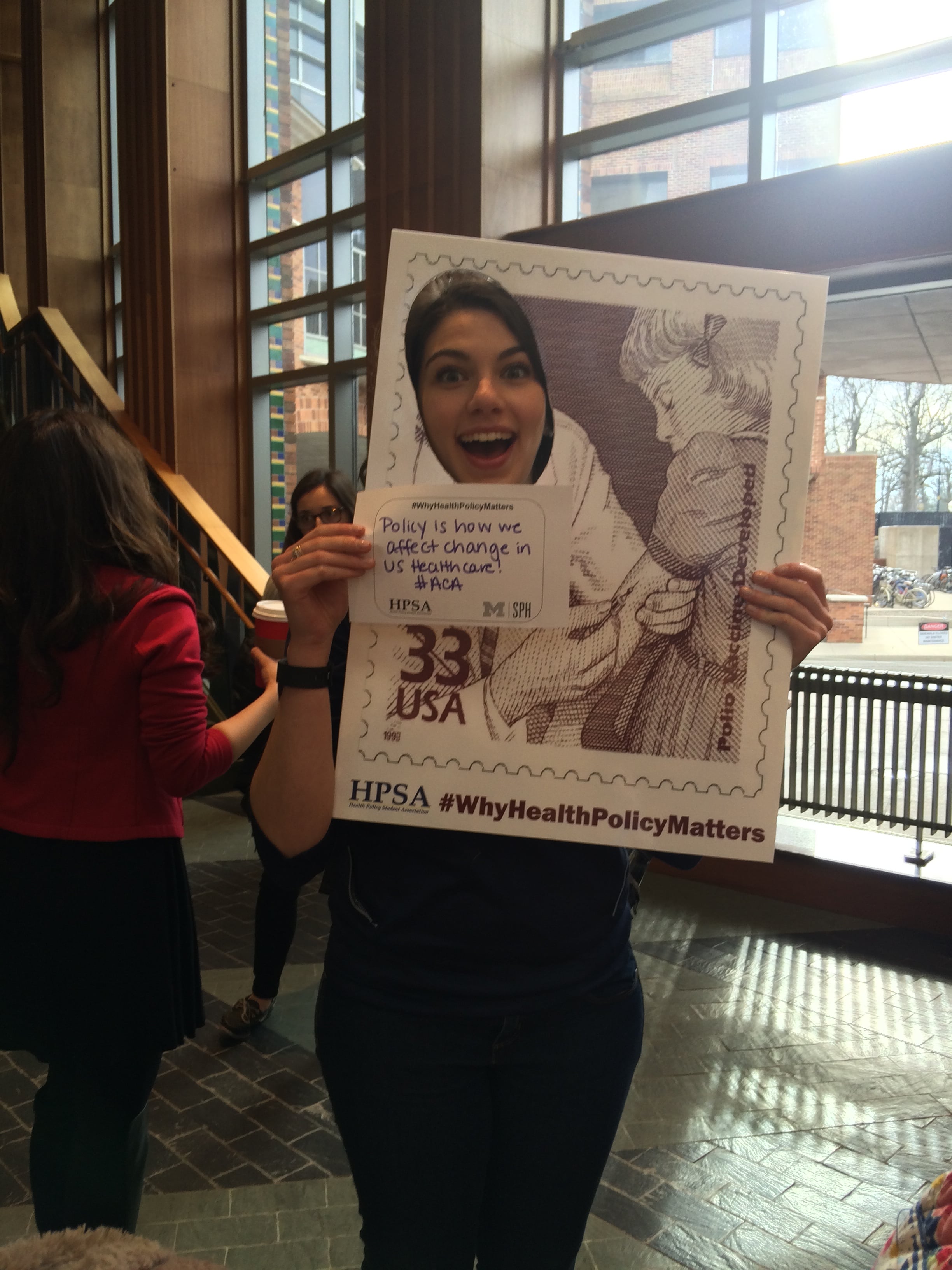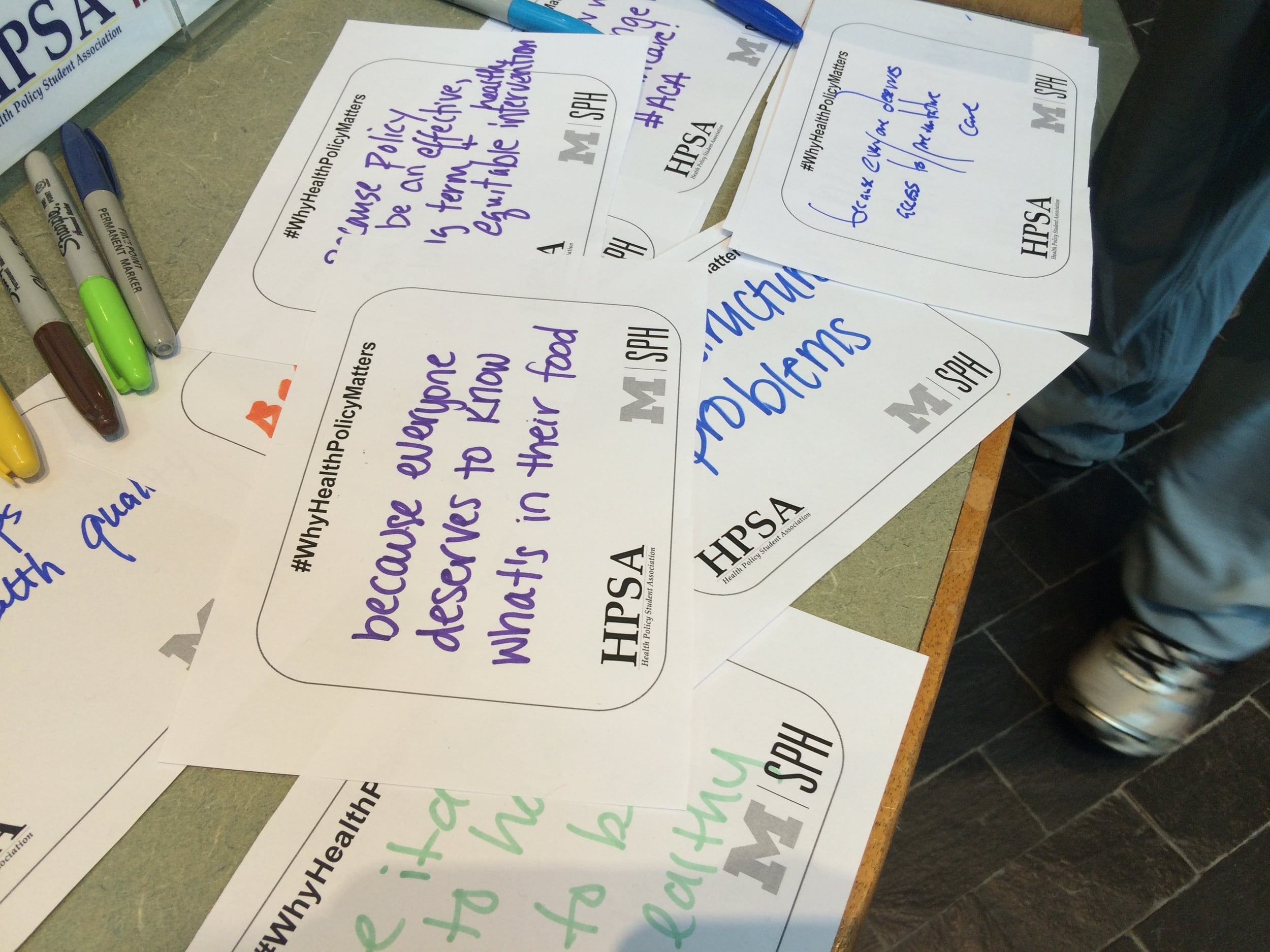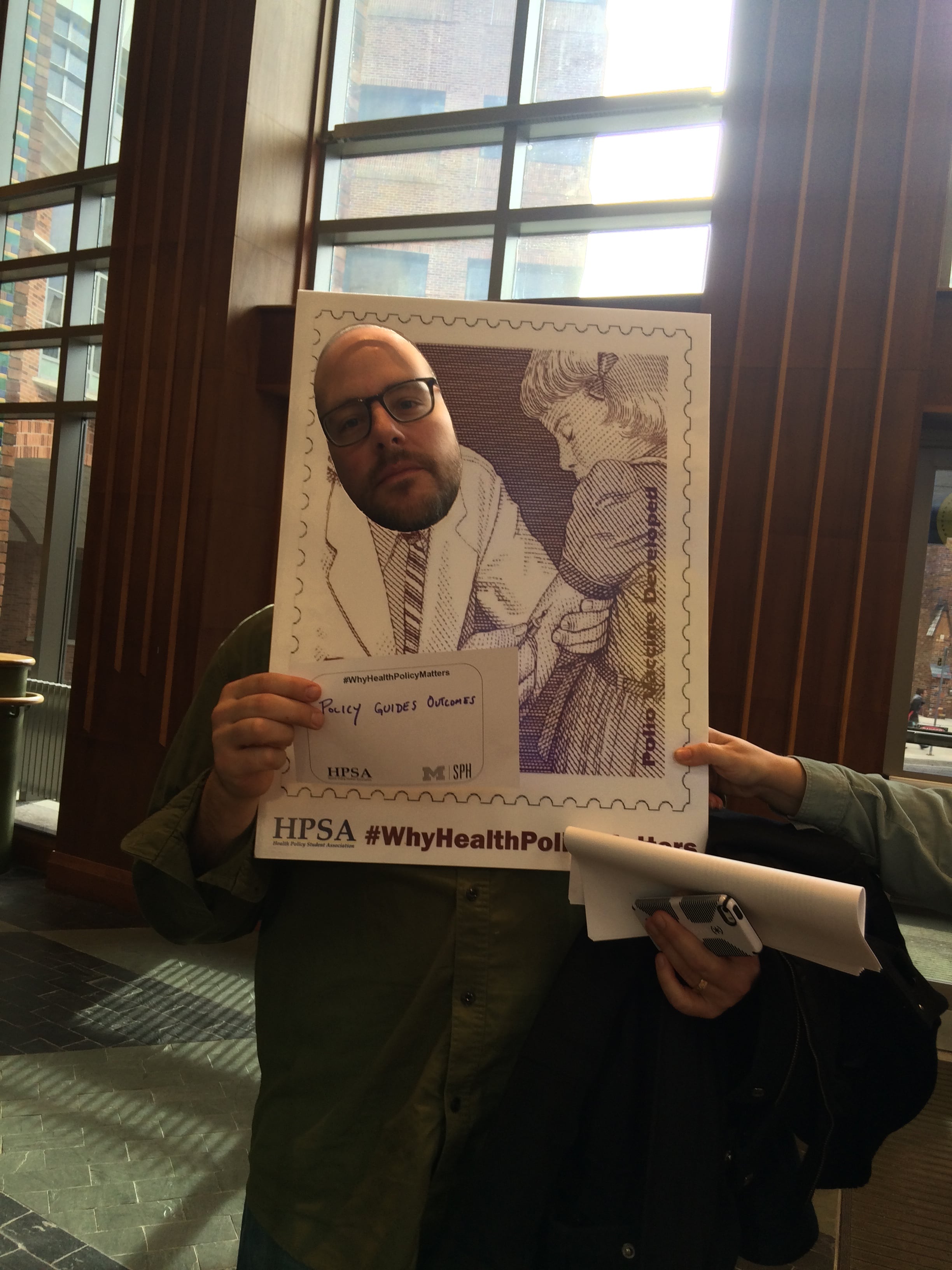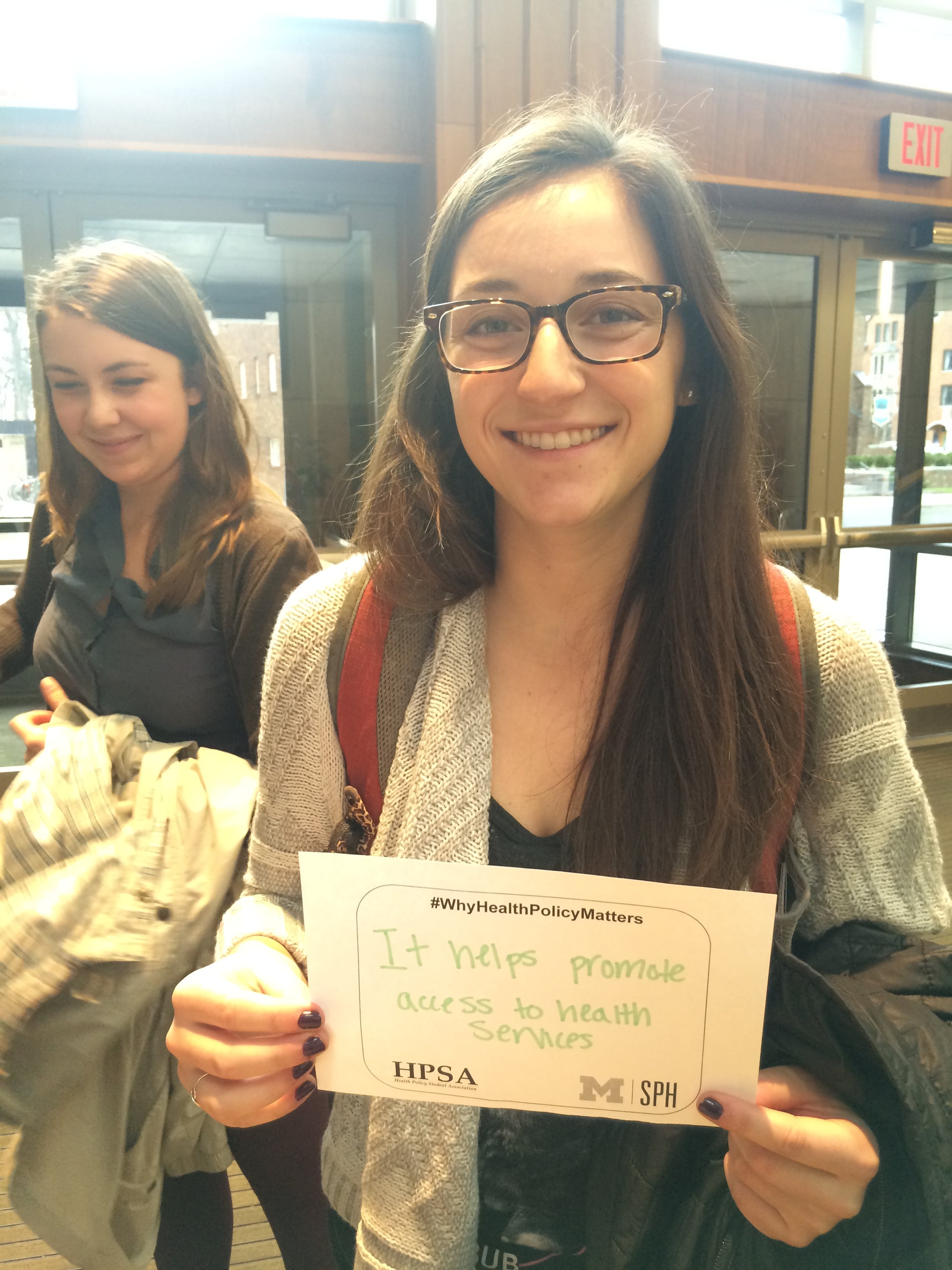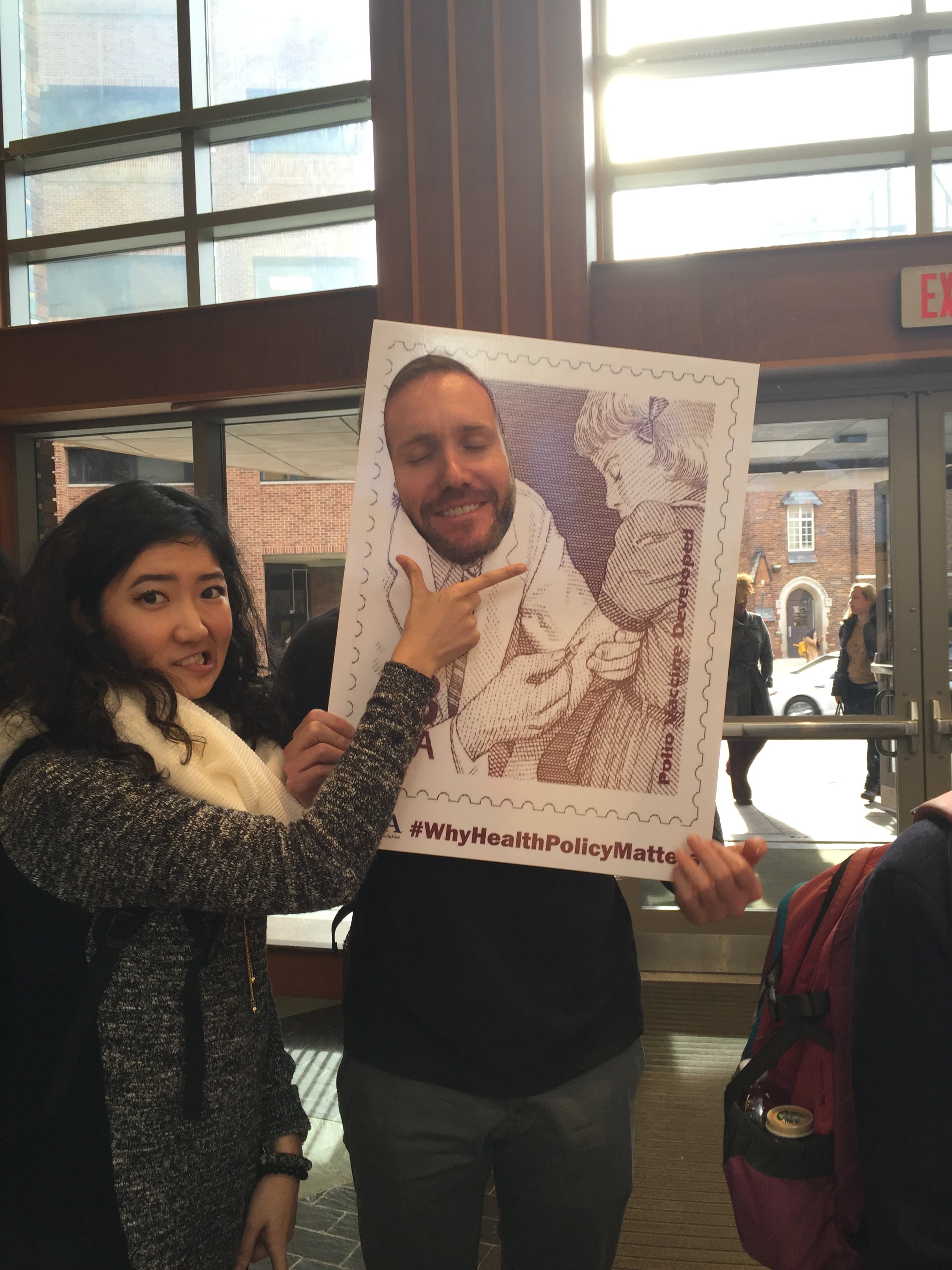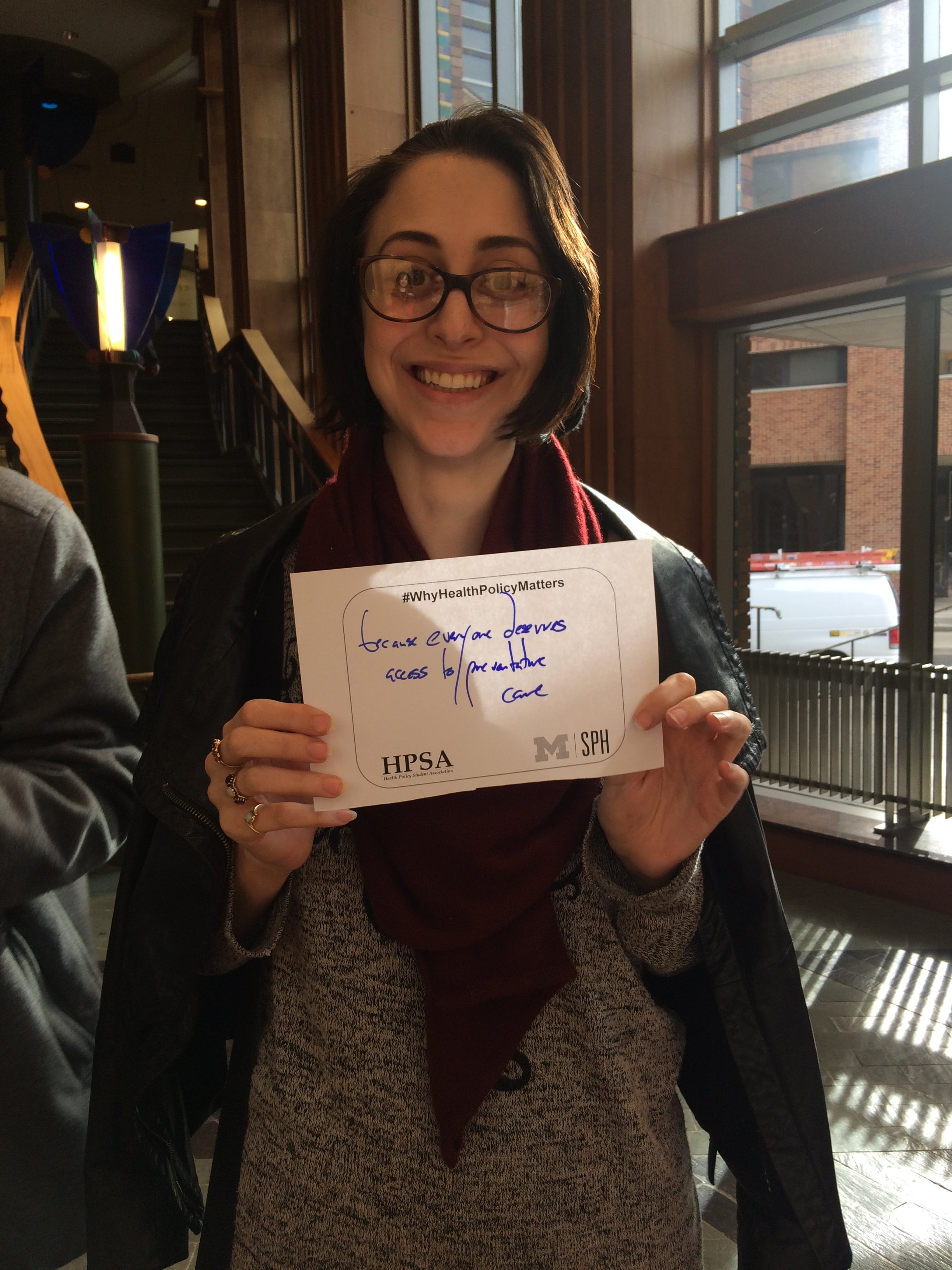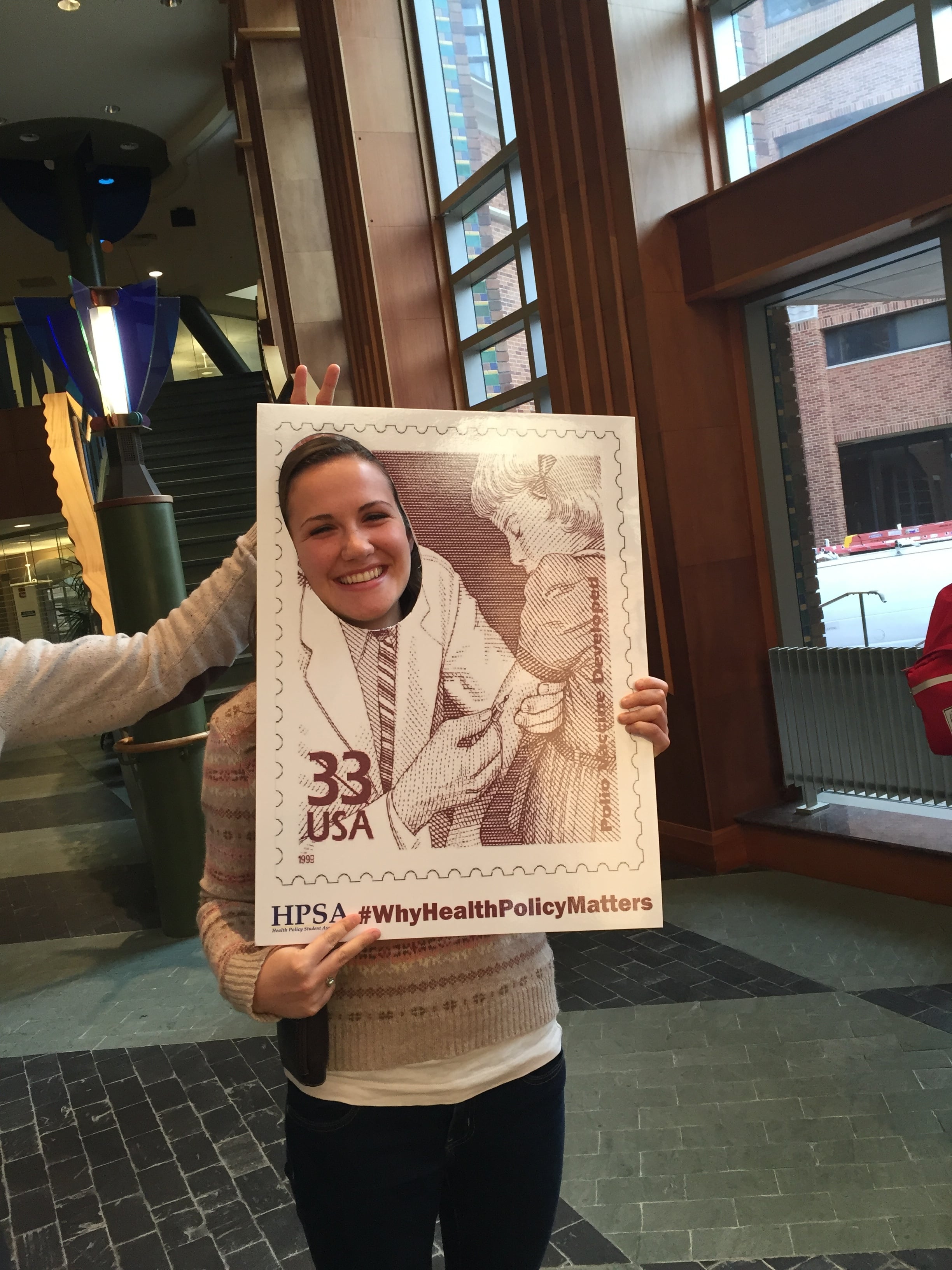Member Reflections from APHA 2016
By Abbas Alawieh, Ali Abazeed
Ali Abazeed (MPH/MPP ‘17) and Abbas Alawieh (MPH ‘17)
Each year, the APHA Annual Meeting and Expo brings together more than 12,000 public health experts, educators, and practitioners from across the U.S. and around the world to network, educate, and share their experiences. Following a year in which the Flint Water Crisis and the opioid epidemic dominated the news, this year’s meeting theme was aptly chosen: "Creating the Healthiest Nation: Ensuring the Right to Health.” For a public health student, the APHA Annual Meeting is the premier event to network with peers, colleagues, and experts that you only read about in classroom contexts. This year’s meeting was in Denver, Colorado, and it was an especially unique opportunity for the both of us as we presented the findings of a paper we are working to co-author entitled “Arab-American Health Disparities: A Review of the Literature.”
Since beginning our public health careers, we have partnered to bring Middle East and North African Public Health to the fore of our University’s public health paradigm. Against the backdrop of the largest refugee crisis since WWII and considering our presence in southeastern Michigan, home to the highest concentration of Arab-Americans in the country, we felt there needed to be a larger focus on relevant topics. Working with Dean Philbert and other mentors throughout University leadership, we have advocated for the hiring of faculty experts in MENA health, curriculum choices in related topics, and support of student scholarship in this realm of research. Through this work, we have increased access to research opportunities and are proud that our work was selected for oral presentation at APHA.
We both found the annual meeting to be an incredibly enriching opportunity. We were able to network with leaders we have only known as giants in the field, including a public health hero of ours in Dr. Ayman El-Mohandes, Dean of the City University in New York School of Public Health. We both attended the opening session, which was headlined by Presidents of APHA, Planned Parenthood, and Kaiser-Permanente, as well as the Governor of Colorado.
Our trip culminated in presenting our work at the Displaced Populations & Refugee Health session. The session was very well-attended, and among the audience members were our good friends from the ACCESS Community Health and Research Center in Dearborn, whom we have had the pleasure of working closely with on various projects. Presenting alongside prolific researchers doing critical global health work was both a privilege and a unique learning experience. It served as an important reminder that our work is but a very tiny part of a large, colorful global health mosaic of efforts aimed at improving the health of vulnerable populations worldwide.
One highlight of the trip for Ali was meeting Assistant Secretary of Health, Karen DeSalvo, whose innovation has led to the critical Public Health 3.0 initiative, which emphasizes cross-sectoral policy and systems-level actions that directly impact the social determinants of health. Abbas enjoyed reconnecting with his friend and deskmate Lisa Streinz from his summer internship in Copenhagen at WHO’s Regional Office for Europe. She was representing West Virginia University’s School of Public Health at the Meeting, and we visited her WVU booth at the Expo and invited her to visit our special UM SPH corner.
Indeed, the UM SPH booth was where we were able to connect with UM alums, staff, and faculty, including Associate Dean Jane Banaszak-Holl, who has been a strong ally for our work on MENA health, and Megan Edmonds, our good friend and a recent UM SPH alum who is now a doctoral student at VCU Department of Family Medicine and Population Health. In a conference that felt overwhelming at times with so many overlapping panels, presentations, and events, we made sure to end our trip with a visit back to the UM SPH booth, which felt like a small piece of home away from hoMe.
Our trip would not have been possible without the support of our research mentor, Professor Carlos Mendes de Leon, and our collaborators Farah Erzouki, Phoebe Harpainter, and Ella August. Additionally, we owe a great deal of gratitude to HPSA and to the HBHE and HMP departments for making our APHA experience possible.
Go Blue!
Abbas Alawieh (MPH ‘17), Megan Edmonds (MPH ‘16), and Ali Abazeed (MPH/MPP ‘17)
